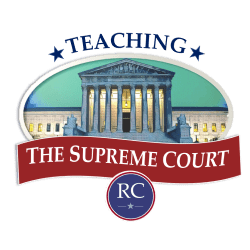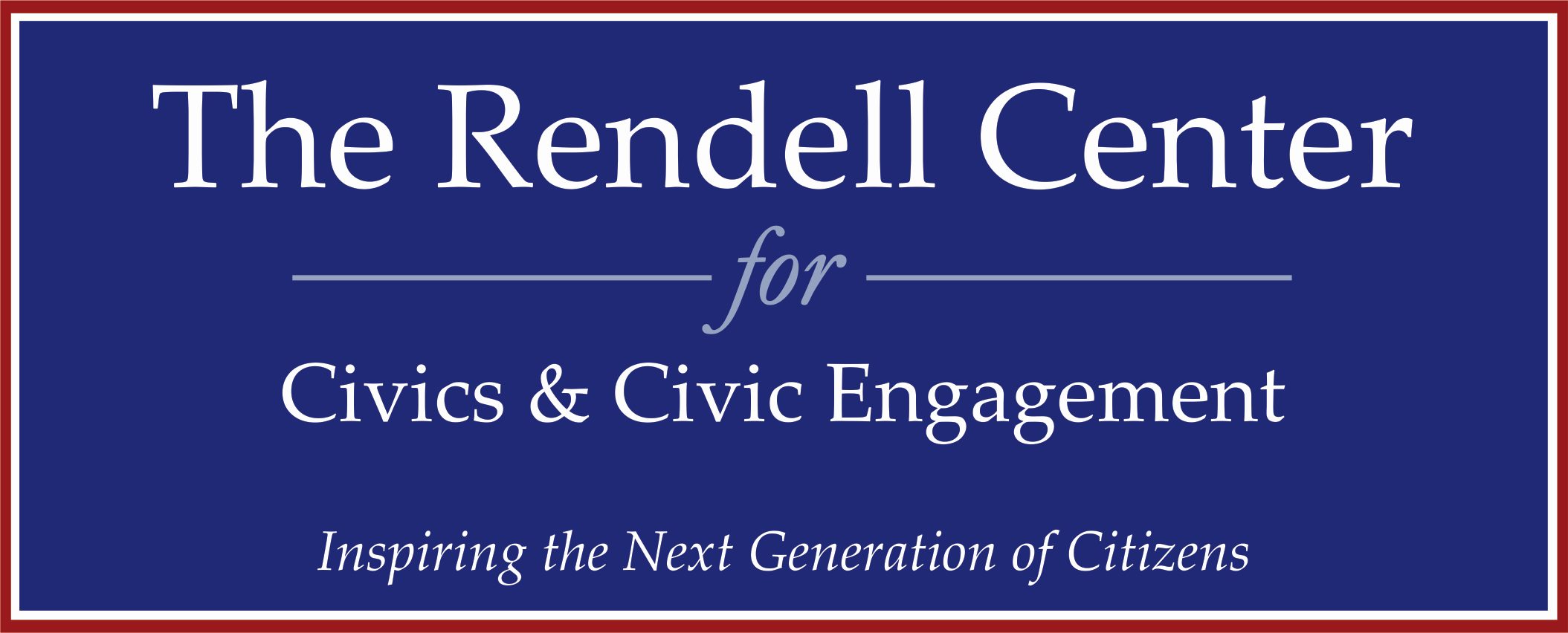The Rendell Center created these interactive lessons to lead students through a simulation of an actual Supreme Court case. Lessons are carefully crafted and allow students to break down complex constitutional issues.

Teaching the Supreme Court
Each lesson begins with an overview of the facts of the actual case, followed by a brief discussion of the Supreme Court decision. Then, students are asked to take a stand “for or against” the majority decision. Once students have taken sides, they are divided into three groups: Petitioner, Respondent, and Supreme Court Justices. The groups prepare their arguments to be used during the Supreme Court simulation.
With support from The Rendell Center, lawyers and judges can be brought in to virtually work with each group. The simulation can be done over several class periods. For the more advanced groups The Rendell Center has developed mock cases that allow the students to apply several constitutional precedents.
Introduction
In this introduction, Bruce Allen Murphy, PhD, the Fred Morgan Kirby Professor of Civil Rights at Lafayette College describes:
- The Constitutional Origins of the Supreme Court
- The Evolution of the Supreme Court’s Powers
- The Supreme Court’s History
- The Importance of the Justices Changing the Meaning of The Constitution and the Bill of Rights
Supreme Court PDF Lessons and Videos
Doe v. Hopkinton Public Schools
Korematsu v. U.S.
Mahanoy ASD v. B.L.
Lemon v. Kurtzman
Katz v. U.S.
Morse v. Frederick
Vernonia v. Acton
Masterpiece Cakeshop v. Colorado Civil Rights Commission
New York Times v. Sullivan
Tinker v. Des Moines Independent Community School District
Lawrence v. Texas
Gibbons v. Ogden
Bush v. Gore
First & Fourth Amendment
Gideon v. Wainwright
Heart of Atlanta Motel v. U.S.
Brandenburg v. Ohio
NFIB v. Sibelius
Miranda v. Arizona
Chiafalo v. Washington
Other 8-12 Classroom Resources

Podcasts

